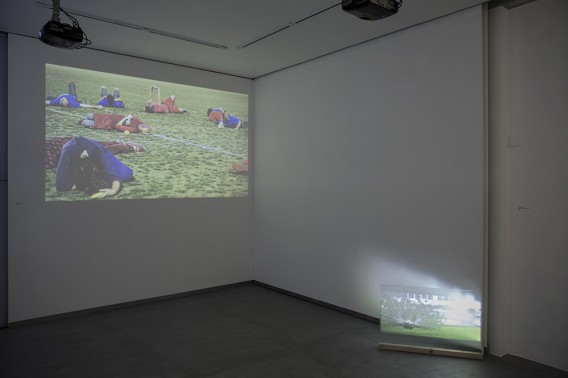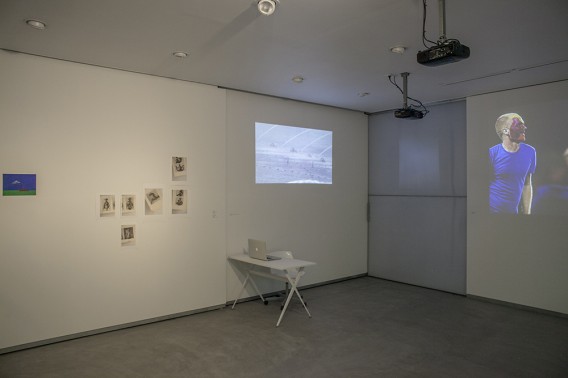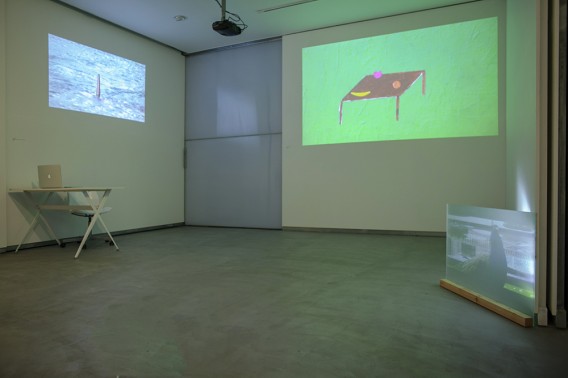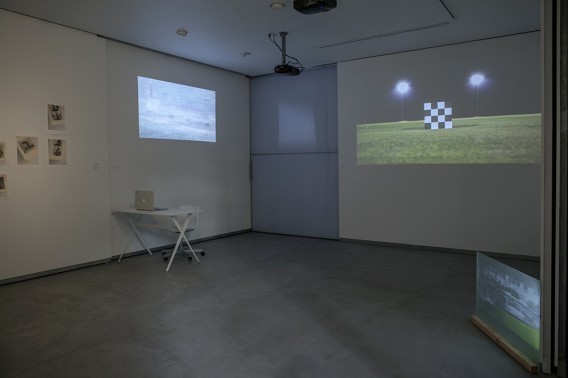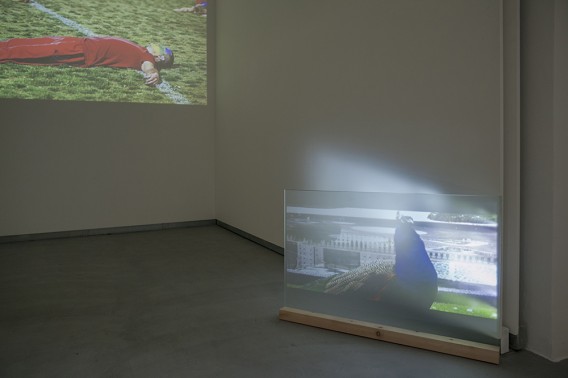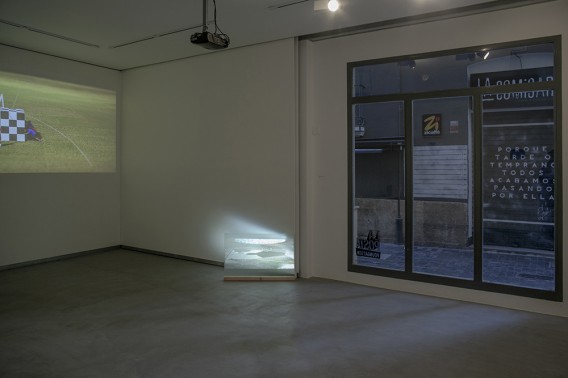Juan Fabuel, Resident Curator
To believe in art’s capacity as a transformative element in everyday life, and admire its potential to act as a funnel for thoughts and sensations — which in other ways could not be incorporated nor structured as a particular esthetical or experiential component— take us to observe the close relationships between art, the quotidien and resistance. This exhibition has been articulated around these relationships, generating a series of dialogues among artists who work with these relational processes.
At La Posta Foundation, our mission is to set up conversations between global agents who bring specific problems to bear through their works. These problems come with dissimilar perspectives, but all embody an effort to play, resist and make visible quotidian structures. This is a resistance that comes from the ‘everyday life’—to habit, to accept certain patterns, behaviors and hegemonic orders that rush from our supposedly developed side of the world. In an extremely fragile social momentum where the structure is collapsing and the system shows far too many open wounds, the idea of an invisible resistance that flows from the selected artworks, operates as a reagent to the healing and transformative function of art.
In The Invisible Resistance of Everyday Life II: Equivoque, the second part of our project, besides their transnational aspect and global vision, Kim Schoen and Aitor Lajarín connect with us because of their ability to work with many of the issues discussed above by means of fiction or abstraction, using humor or non sense in their videos and installations. Suzanne Cotter states the distrust of the image as a reliable document in history. This lack of objectivity mentioned by Cotter serves as a reminder about the important role that fiction plays in the construction of reality and that in many situations, that fiction is a palliative that has a tremendous potential to heal and regenerate.
Kim Schoen and Aitor Lajarín suggest necessary fictions embedded in the everyday life and both artists set up new boundaries of the imaginable with their works, either making use of the absurd, realism or irony.
Kim Schoen works with the rhetoric of display. Her video installations and photographs re-work the commercial landscape, deconstructing their mechanics and modes of persuasion and re-working them into new narratives, where repetition, nonsense and documentary observation collide. kimschoen.com
The work of Aitor Lajarín uses architectural, spatial and urban elements to create sceneries that allow us to explore territories of thinking and emotion around our contemporary psycho-social conditions. He engages the viewer in absurd fictions and twisted situations that reconsider the quotidian, filling it with multiple layers of possible meanings and resonances. Our surrounding reality is presented as a malleable material, a construction that can be enriched through different operations of reconfigurations, expansions and digressions. aitorlajarin.com

Conference about The Invisible Resistance of Everyday Life II: Equivoque
Kim Schoen, Straub & Huillet and optimum conditions for the cinematic experience

